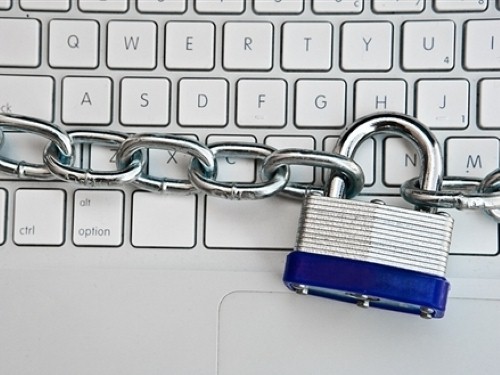While there’s no guarantee you’ll completely stop an attacker dedicated to breaching you with phishing attacks and other individualized tactics, there’s a lot you can do to make sure you’re not a low-hanging fruit for cybercriminals. Here are five cybersecurity best practices and steps you can take to ensure you’re ready for a cyber attack.
1. Where Should We Start to Improve Cybersecurity for Our Company
If you’re going to improve cybersecurity at your business, the first step you need to take is to make an honest assessment of where you are. Conducting a security audit is the first step towards making a plan for improving your resilience in case of a data breach or other cyber attack. Once you have a better idea of where your strengths and weaknesses lie, you can take the next steps to get better.
2. How Important is Firewall Software in Protecting a Business
This might seem like obvious conventional wisdom, but it’s shocking how many businesses haven‘t taken this first step towards securing their network by running firewall software. The market is crowded, so make sure you take a close look at your options before deciding on which to use. Also, your security software is only as good as your update schedule – if you’re not on top of installing patches as new vulnerabilities and attacks are discovered, you might as well not use it.
3. How Can Employees Play a Role in Cybersecurity
You need to make cybersecurity a part of your company’s culture if you want your employees helping to prevent hacks, instead of unwittingly making one possible. Phishing, and other social engineering attacks take advantage of the fact that humans are a lot easier to exploit than a well-secured network. Your employees need to know what dangers are out there and how to recognize them. A surprising number of hacks and attacks come from disgruntled employees who still have access to a business system through old login information that was never cleaned up. Build processes to remove access promptly from anyone who needs to leave your team, whether that’s an employee or a vendor.
4. Use Password Best Practices
Make sure that your business is following best practices when it comes to passwords. A password manager that can generate different randomized login info for each website can be a real boon here and also make it easier to share that info across teams. With a new data breach popping up seemingly every day, many people’s go-to credentials are already available on the dark web, waiting for a script to plug them into the right website.
5. Question: How can businesses reduce the damage caused by cyberattacks
Cyberattacks affect businesses of all sizes and types. The best approach to protecting your business is to develop a cyber incident response plan. Most businesses have emergency plans for physical security threats, extreme weather, power outages, and more. It’s essential to have a similar plan for cyber-related incidents. Having a cyber-attack response plan will significantly increase your ability to remediate and recover quickly.
Summary
Security is a moving target. The cyber criminals get more advanced every day. In order to protect your data as much as possible, it’s essential that each and every employee make cyber security a top priority. And most importantly, that you stay on top of the latest trends for attacks and newest prevention technology. Your business depends on it.
- 5 Reasons Why Cloud Solutions are Essential for Small Business - February 4, 2024
- How to Migrate Your Business to the Cloud in 7 Steps - June 16, 2021
- How Beacon Technology is Revolutionizing Business and Marketing - March 18, 2021



